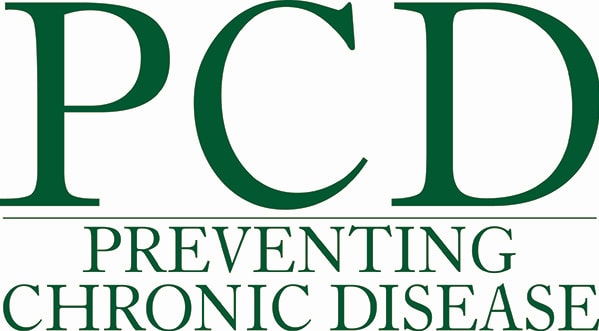Abstract and Introduction
Abstract
Introduction: Many children and adolescents experience insufficient sleep, which poses risks for their short- and long-term health and development. This study examined the concurrent associations of contextual factors, including child, demographic, neighborhood, and family factors, with short sleep duration.
Methods: We combined data on children aged 3 to 17 years from the 2016–2019 National Survey of Children's Health (N = 112,925) to examine the association of parent-reported child short sleep duration (ages 3–5 y, <10 h; 6–12 y, <9 h; 13–17 y, <8 h) with mental, behavioral, and developmental disorders (MBDDs); selected physical health conditions; and demographic, neighborhood, and family factors.
Results: Overall, 34.7% of children experienced short sleep duration. The prevalence was highest among children aged 6 to 12 years (37.5%); children from racial and ethnic minority groups, especially non-Hispanic Black children (50.0%); children from low-income households (44.9%); children with an MBDD (39.6%); children experiencing negative neighborhood factors (poor conditions and lack of safety, support, and amenities, 36.5%); and family factors such as inconsistent bedtime (57.3%), poor parental mental (47.5%) and physical health (46.0%), and adverse childhood experiences (44.1%). The associations between sleep and demographic, neighborhood, and family factors, and MBDD remained significant after controlling for all other factors.
Conclusion: This study identified several individual, family, and community factors that may contribute to children's short sleep duration and can be targeted to improve healthy development, particularly among children with an MBDD, from households with low socioeconomic status, or from racial and ethnic minority groups who are at increased risk for short sleep duration.
Introduction
Sleep is an essential function that predicts long-term health and well-being.[1] Insufficient sleep has been associated with poor physical health,[1–3] poor mental health, and problems with attention, behavior, learning, and memory.[1,4–6] Insufficient sleep includes poor sleep quality and short sleep duration. This study focused on short sleep duration, which is common among children: during 2016–2018, 35% of US children aged 0 to 17 years had shorter sleep duration than recommended for their age[1] based on parent report.[7] However, research on sleep among children is less extensive than among adults.[4,8]
Child, family, and environmental factors can all influence sleep.[5,9,10] Sleep is negatively influenced by internal and external signals of danger and disruption.[11] Psychological stressors within the family, such as parental health and well-being,[12–15] and psychological stressors in the social context, such as neighborhood disadvantage and lack of perceived safety, affect sleep.[9,10,16,17] Sleep is also affected by child characteristics, such as special health care needs and mental disorders,[7,18] and family factors, such as regular bedtimes.[7,19,20]
Children experiencing poverty are at increased risk for insufficient sleep.[7,21–23] Poverty is related to risks that impair sleep, such as health risks, danger and stress, crowding, lack of suitable sleep spaces, or food insecurity.[9,10,15] Children from racial and ethnic minority groups experience increased risk for insufficient sleep,[7,9,21,22,24] potentially through mental stress from experiencing racism and discrimination,[9,23] and through structural racism and the associated higher prevalence of socioeconomic risks related to poor sleep.[21,22]
Previous studies examined the association between sleep and factors such as mental health and environmental factors, and between social context and children's mental health, but not comprehensively in a single sample of young and older children. Given that demographic, social, and environmental risk factors co-occur, understanding the independent associations between different types of risks and poor sleep requires examination of these different risk factors in a comprehensive data set. Our study expands on previous research[7] that documented short sleep duration in a nationally representative sample of children and adolescents. We examined concurrent and independent associations between demographic, social, and environmental factors, mental disorders, and sleep duration in this comprehensive data set based on a nationally representative sample of children and adolescents to identify potential targets for public health intervention.
Prev Chronic Dis. 2023;20(7):e58 © 2023 Centers for Disease Control and Prevention (CDC)









